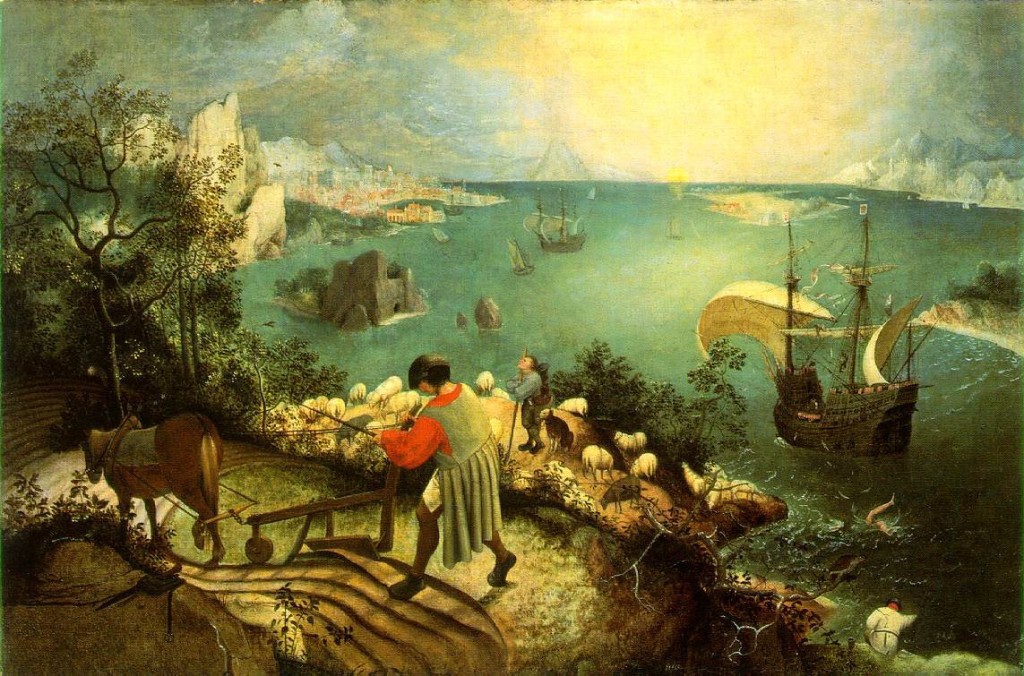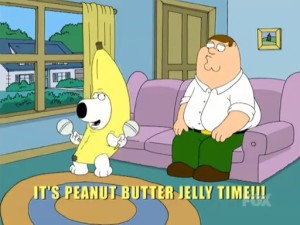 Mark Bernstein’s blog has been full of great content lately; he’s been wrestling with lots of hypertext theory while working on the rebirth of Storyspace (an exciting prospect for eLit and Twine folks!).
Mark Bernstein’s blog has been full of great content lately; he’s been wrestling with lots of hypertext theory while working on the rebirth of Storyspace (an exciting prospect for eLit and Twine folks!).
In the process, he has written a beautiful manifesto for writing with links. It’s alternately funny, cerebral, and helpful. He writes:
Coffee may help you focus. More coffee may help you focus more intensely. You may consider decaf. Consider scotch, but not too closely.
Multivalence is not a vice. One word may mean many things. Won’t you stay just a little bit longer?
There’s a lot going on here. Bernstein is always heavy on allusions, and he presumes you’ll know all of the references. You may not, and that’s okay. There are layers here. Multivalence is not a vice.
“Stand up; speak up.” I said that before. I also told you to focus, to get comfortable, to close the door if you think that will help. Have you done as I asked? Don’t keep the door closed, and don’t keep your work in a drawer. The grave is another fine and private place.
Here Bernstein has cleverly woven that multivalence into a critique of rotting manuscripts, infusing a bit of Mamet and Marvell along the way. It was enough to snap me out of my several-month-long writing hiatus, to remind me that writing is beautiful and worthwhile, and most importantly it reminded me that games can do better.
While the eLit community is well-versed in the art of allusion, few games really harness its power, and even fewer to the degree that Bernstein does here. Sure, games often make casual reference to pop-culture in achievements, character names, and so forth, and they do occasionally reference other games, but it’s almost always done in a flippant, shallow way.
 There’s pleasure in the kind of humor that shows like Family Guy hamfist, the “I recognize what that’s from!” humor, but it needn’t be a joke, and it needn’t be hamfisted. Allusions represent a greater possibility for ambiguity, multivalence, and expressive depth. Remix and sampling cultures have long proven that we can make allusions toward our past with nods both subtle and meaningful; literature, visual arts, and music have gracefully done so for centuries.
There’s pleasure in the kind of humor that shows like Family Guy hamfist, the “I recognize what that’s from!” humor, but it needn’t be a joke, and it needn’t be hamfisted. Allusions represent a greater possibility for ambiguity, multivalence, and expressive depth. Remix and sampling cultures have long proven that we can make allusions toward our past with nods both subtle and meaningful; literature, visual arts, and music have gracefully done so for centuries.
By now game histories have grown to be storied and sophisticated, and those histories deserve to be acknowledged. Developers must engage more deeply with the ideological arguments of our own works and those of our past if we hope to advance as a medium who values its histories and critically examines our incorporation of and departures from them. This dialogue is critical to the examination of our field, but with few notable exceptions—mostly in the indie and altgames scenes—few games respond to one-another in theme, rhetoric, or tone. Games are missing the kinds of allusions that put them in dialogue with one-another. Criticism and the meta-conversation that exists around games is important, but game artifacts should contain their own conversations as well. Consider, for example, the conversations arising from T.S. Eliot’s responses to the Marvell above.
I’d love to see more games reach for a mature use of allusion. Not just “Hey that looks like Donkey Kong,” but “The similarities between this NPC and Braid’s Tim evokes themes of regret and loss, but the NPC selling clandestine items in an attic reframes his presence in the context of Liz Ryerson’s Problem Attic, perhaps as an implied act of violence or atonement, and the reference of the two together mirrors the tension of our protagonist’s rejection of the evil scientist’s wealth and education…”
We can do better.

